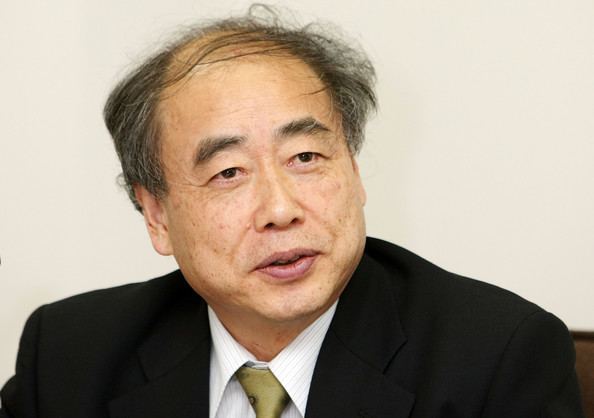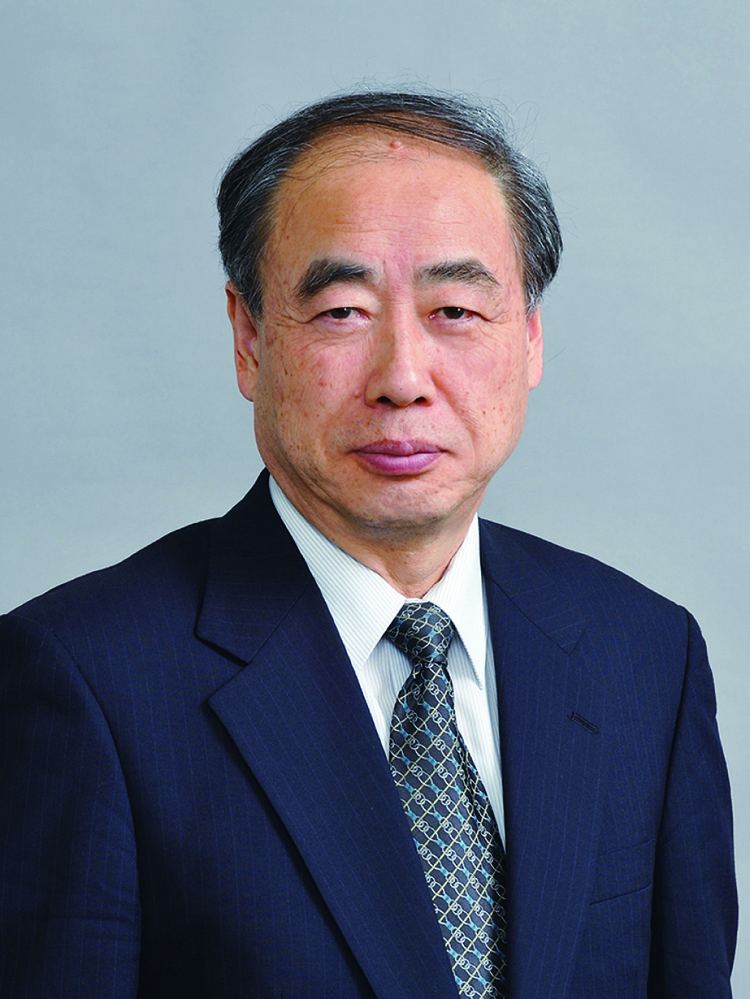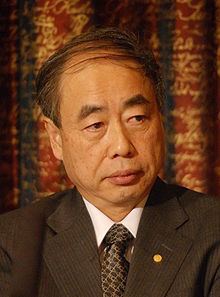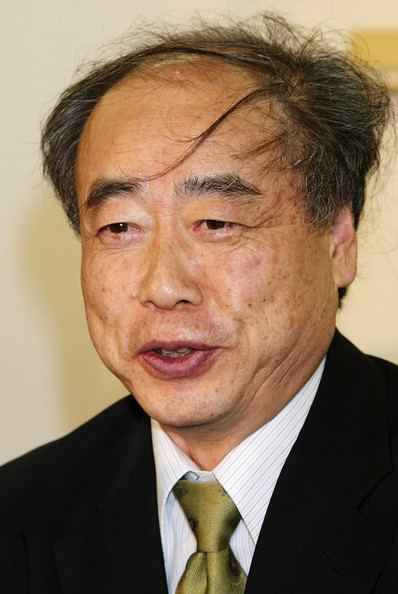Citizenship Japan Education Nagoya University Alma mater Nagoya University Fields Particle physics | Name Makoto Kobayashi Doctoral advisor Shoichi Sakata Role Physicist Awards Nobel Prize in Physics | |
 | ||
Born April 7, 1944 (age 81)
Nagoya, Japan ( 1944-04-07 ) Institutions Kyoto University
High Energy Accelerator Research Organization Known for Work on CP violation
CKM matrix Notable awards Sakurai Prize (1985)
Japan Academy Prize (1985)
Asahi Prize (1995)
High Energy and Particle Physics Prize by European Physical Society (2007)
Nobel Prize in Physics (2008) | ||
Asc 2012 prof makoto kobayashi development of particle physics
Makoto Kobayashi (小林 誠, Kobayashi Makoto) (born April 7, 1944 in Nagoya, Japan) is a Japanese physicist known for his work on CP-violation who was awarded one fourth of the 2008 Nobel Prize in Physics "for the discovery of the origin of the broken symmetry which predicts the existence of at least three families of quarks in nature."
Contents
- Asc 2012 prof makoto kobayashi development of particle physics
- Biography
- Academic career
- Recognition
- Personal life
- References

Biography

After completing his PhD at Nagoya University in 1972, Kobayashi worked as a research associate on particle physics at Kyoto University. Together, with his colleague Toshihide Maskawa, he worked on explaining CP-violation within the Standard Model of particle physics. Kobayashi and Maskawa's theory required that there were at least three generations of quarks, a prediction that was confirmed experimentally four years later by the discovery of the bottom quark.

Kobayashi and Maskawa's article, "CP Violation in the Renormalizable Theory of Weak Interaction", published in 1973, is the fourth most cited high energy physics paper of all time as of 2010. The Cabibbo–Kobayashi–Maskawa matrix, which defines the mixing parameters between quarks was the result of this work. Kobayashi and Maskawa were jointly awarded half of the 2008 Nobel Prize in Physics for this work, with the other half going to Yoichiro Nambu.
Academic career

Recognition
Personal life
Kobayashi was born and educated in Nagoya, Japan. He married Sachiko Enomoto in 1975; they had one son, Junichiro. After his first wife died, Kobayashi married Emiko Nakayama in 1990, they had a daughter, Yuka.
